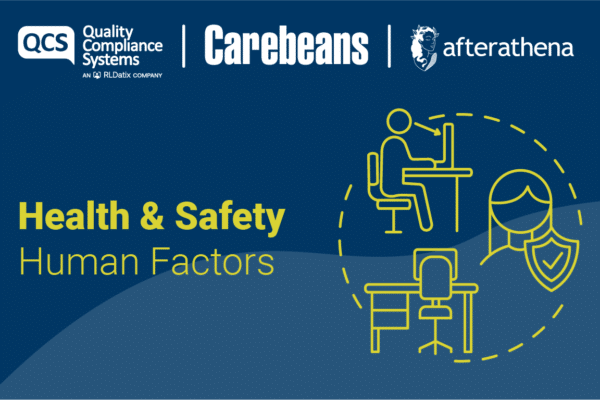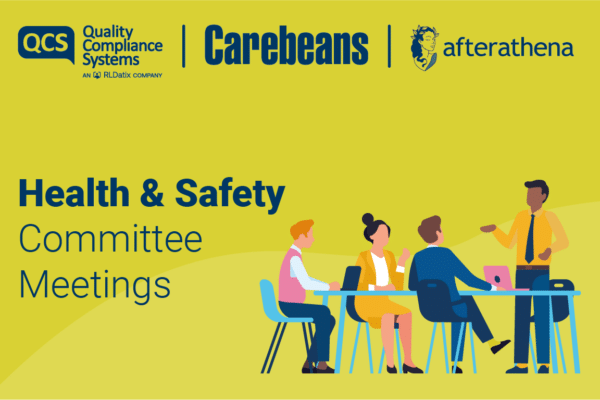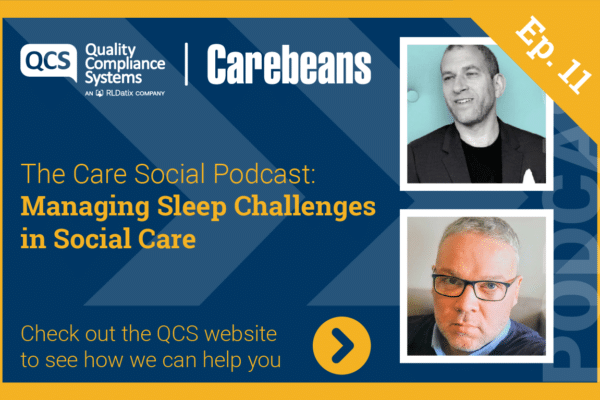 Can we charge patients?
Can we charge patients?
On the BBC’s Question Time programme last week the Health Secretary, Jeremy Hunt, revealed that the Government favours the idea of charging patients who miss NHS appointments to ensure people take greater responsibility for the use of precious resources. However, he admitted that imposing such charges would be difficult to enforce. He suggested informing patients who miss appointments how much NHS money they have wasted. Unsurprisingly Jeremy Corbyn, a Labour leadership contender, said he disagreed with the idea of charging for missed appointments, though he did say patients should “get it in the neck” if they failed to turn up!
Impact on resources and waiting times
Whether or not we feel that it would be possible to charge patients for not attending their appointments, just as they do in dentistry, we have been dealing with this problem for a very long time. We know that patients don’t turn up for all sorts of reasons, often because they genuinely forgot, had difficulty getting to the surgery or just didn’t let us know that they no longer needed the appointment. Whatever the reason for the DNA we do know that they have an enormous impact in terms of wasted resources and waiting time for other patients.
DNA audit
So how do you know if you have an unacceptably high level of DNAs? The only external reporting tool we use at our Practice for evidencing the number of DNAs is in our monthly Extended Hours return. Other than that the figures are often only known by the Practice themselves, so how can you compare? We all accept that there will be DNAs so it comes down to whether you feel the number is excessive for your Practice. This would be a good little audit to undertake as evidence for the CQC about patient access, and don’t forget to repeat the audit cycle a few months later.
Consider all factors
You can assess this by looking at the level of DNAs over the past two years as a percentage of your total appointments and ask yourself what is too high, what level are we aiming to reduce it to, and what level is acceptable? Then you could look at collecting information about why patients didn’t attend their appointments. Common reasons include; the appointment coincided with the school run and they didn’t have childcare, couldn’t get transport (poor public transport or no offer of a lift), was too unwell to attend, etc. This may help to assess any factors that your Practice can improve, particularly if the DNA was down to incorrect booking, clinic time was inconvenient, or difficulty trying to cancel the appointment.
Ways in which you can reduce DNAs
If you are experiencing a high number of DNAs you may want to consider implementing one or more of the following ideas:
- Not allowing patients to book too far in advance, they may no longer need the appointment but if they do, they will contact you
- Repeating the booked appointment details to the patient in case they misunderstood the information the first time
- Checking that you have a simple system in place for patients to cancel their appointments if they cannot attend
- Sending reminders either by text, or by telephone
- Offer particular clinics at certain times of the day e.g. childhood immunisations outside of school hours
Alison Lowerson – QCS Expert GP Practice Manager Contributor





